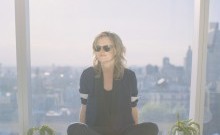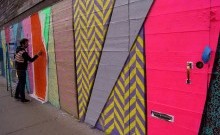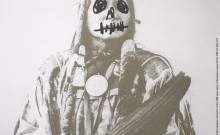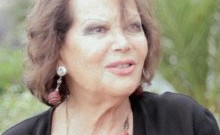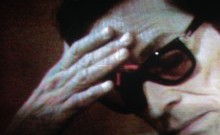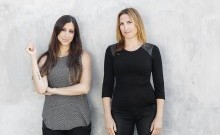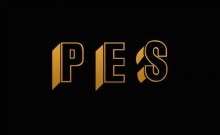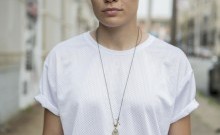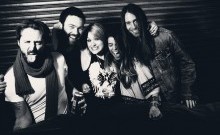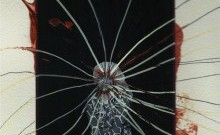Vehicle for Creation
What is the future of art?
I think it's magic and experimentation, driven by technological means; existing in the digital space but also the physical – because the physical is fleeting. It will give us an experience outside of our computer, because that is what we will need. When I look at Mike O'Toole and his art, I see the future.
Mike O'Toole is a mechanic, engineer, programmer, architect, mathematician and artist. If my high school math teacher told me that I could end up doing what Mike O'Toole does, I would have paid attention.
I met Mike when we moved into our work studio in Bushwick, Brooklyn a few years ago. There he was in his shop next door, working around the clock, sawing and drilling stuff. At first I thought he was one of those craftsman we see so often in this neighborhood - a metalworker or welder of sorts. Until one day he came over and said "Hey guys, check out this project I did, it just got like 5 million hits on YouTube."
The "Waterfall Swing" is just as crazy as it sounds. Rain streams down from the beams of a swing set. It's programmed to predict the rider's path of movement; creating a gap in the rain fall allowing riders to pass through with out getting wet.
What?!
The swing can also be encoded to form specific shapes. Say for example you want to propose to your girlfriend in an epic way, well, just install the waterfall swing set at a nearby park, program the water to fall in the shape of a heart, and there you go, you've got a wife.
Since building the Waterfalll Swing, the installation has been featured at the Coachella music festival, it's appeared on the Today Show and in a Honda Civic commercial.
Of course Mike's projects require a massive amount of collaboration, and he's got a team of great thinkers and creators under his collective, Dash 7, who range from coders to designers and fabricators.
KP: What's your background? How did you get started in all this?
MO: I have a lot of influence from what I did throughout high school which was automotive repair. I went to a prep school that was mostly hands off and theoretical and then I studied mechanical engineering through college while working in machine shops. So there's been a combination of heavy theory and then very practical practice.
KP: Where does art come in to play?
MO: Art is an itch that has been in myself and friends of mine. It's part of what we do in a lot of ways because art always has problems, and a lot of art just studies the solution specifically. With the art that I work with, I try to make the solution hidden. So if it's a fastener, you won't see it. And that's a strict mechanical example. Or if it's something like the Waterfall Swing, it's not like you're supposed to understand how it works. It's more that it is present. I guess that's where engineering comes in because engineering is necessary, and a lot of modern art practices revolve around having solution.
KP: How is your work related to digital technology and automation?
MO: Our concepts breach over into digital, because they need the digital in-put and readability. A lot of the mechanics are best controlled digitally. For example, with the Waterfall Swing you have the opening where we need to create the same consistent feeling with each pass – it doesn't seek to be digital but digital seeks to be involved.
Automation is a cycle, so if something is automated it carries out a series of steps to create a solution. When a device is automated, they've thought about how it needs to work. There are systems that control it and make a cycle that is repeatable. We program it so that it is automated and doesn't need manual labor in order to work. Which makes for a "living" installation.







